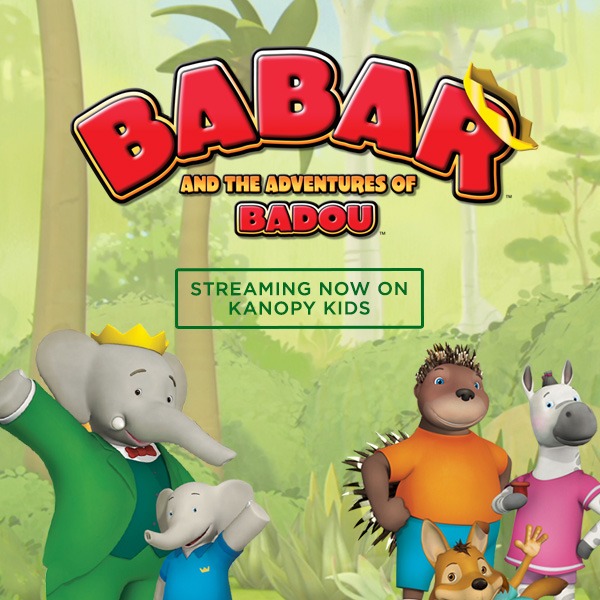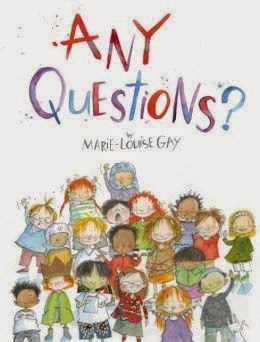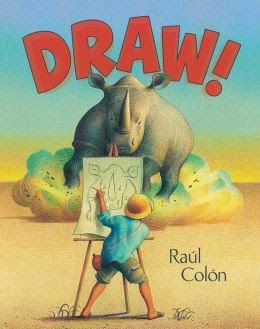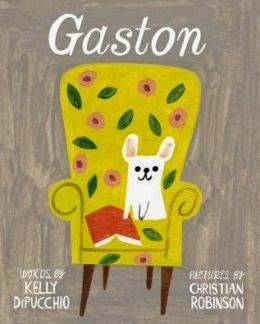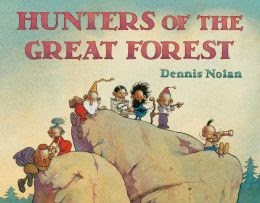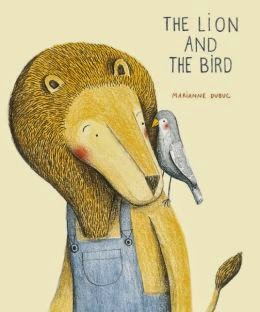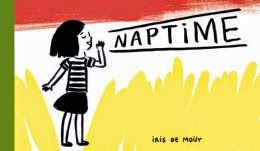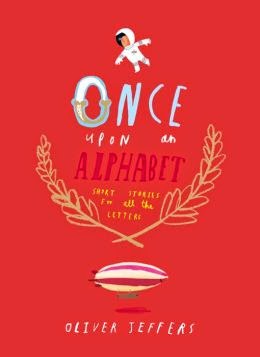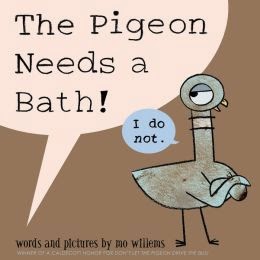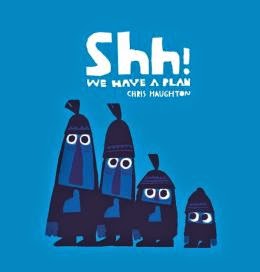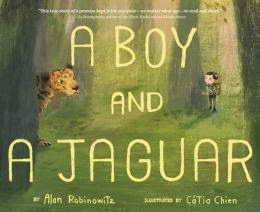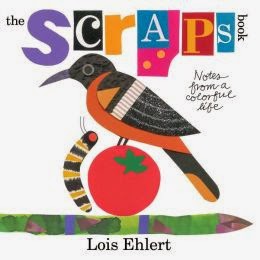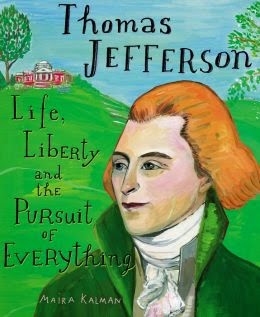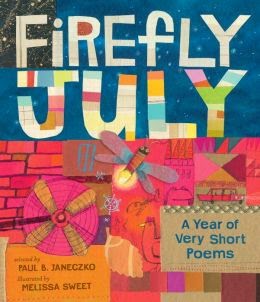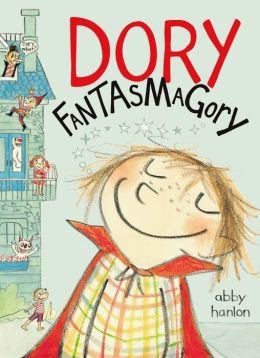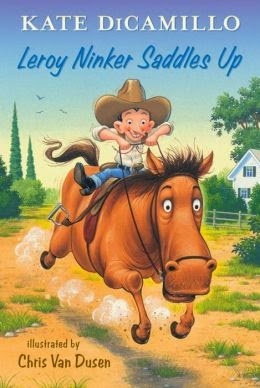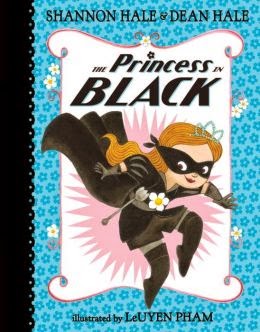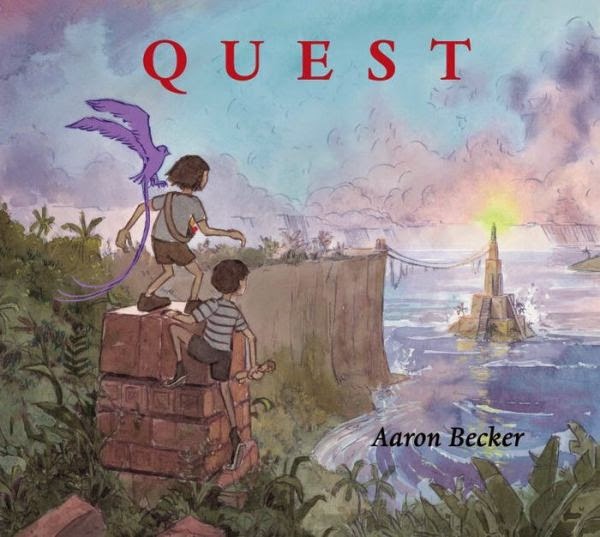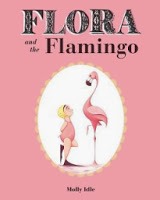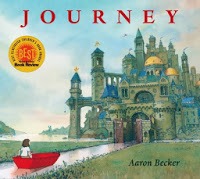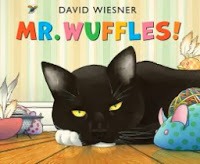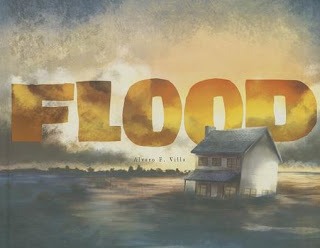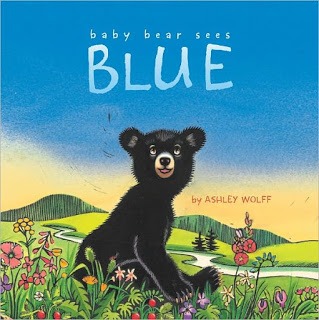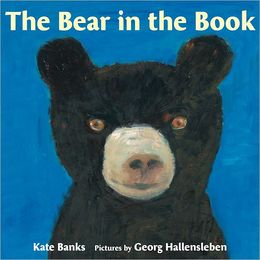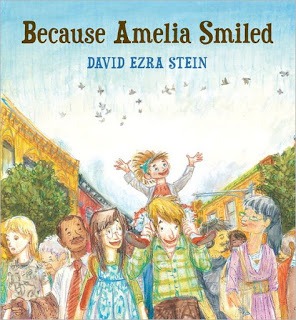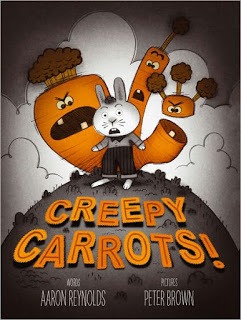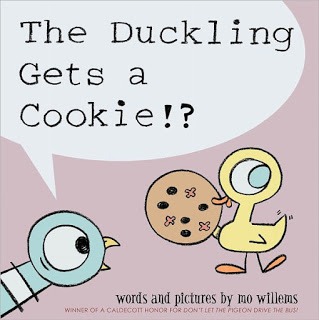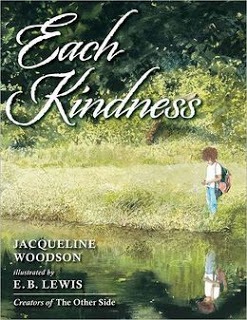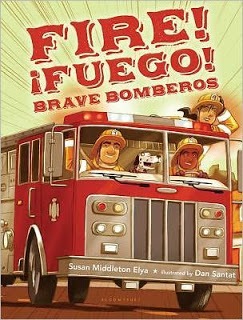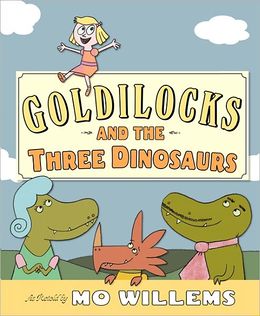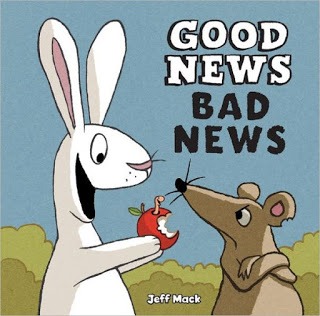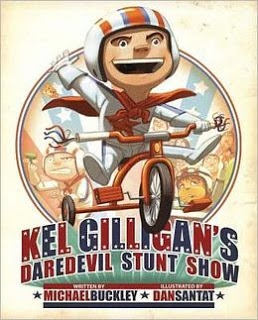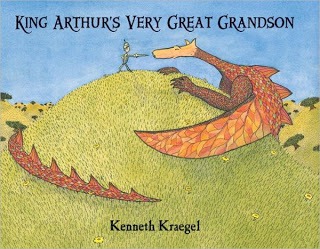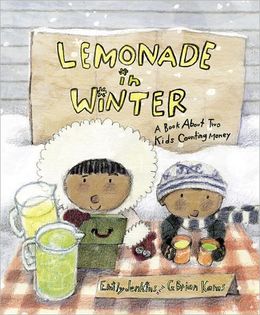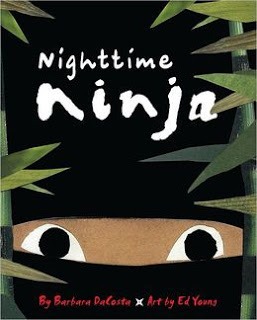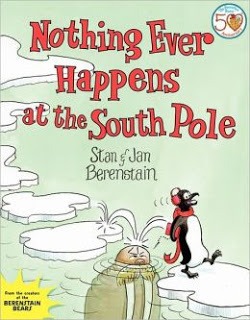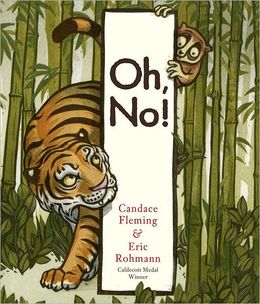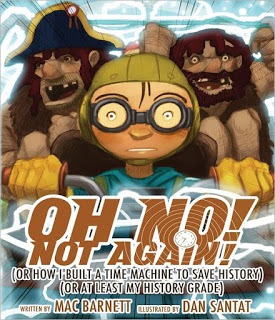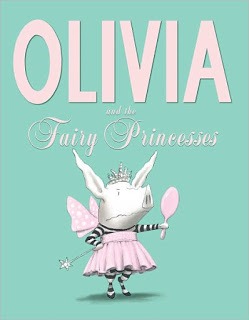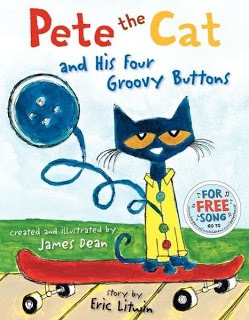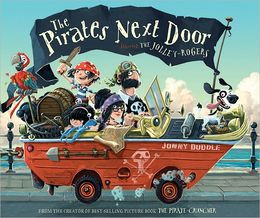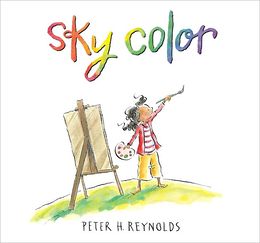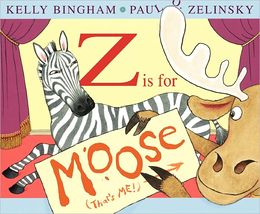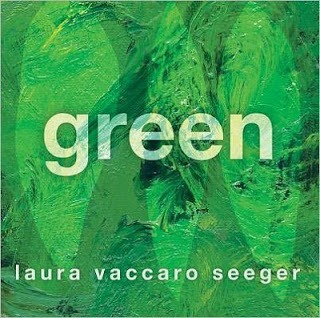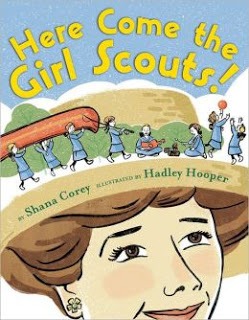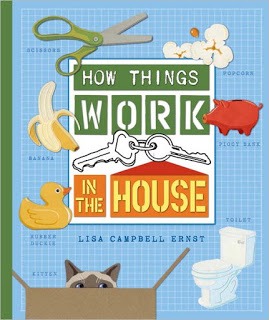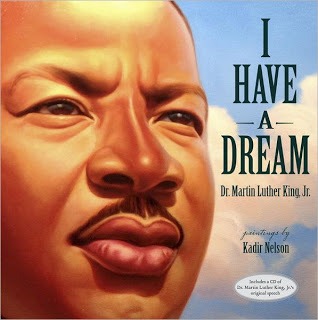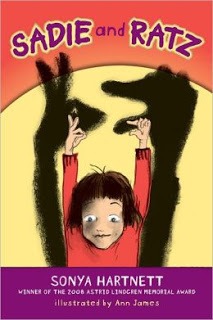Over the course of the last few months, I read (and reread) over 200 titles in my
attempt to narrow down our picks for the best children’s books of 2014. Children’s
Programmer Allison and Beth, a wonderfully helpful member of our Circulation team, also helped narrow down the final choices. It was a tough decision, hence the Honorable Mention listed below. Anyway, without further ado, BCPL’s favorite 2014 books for young children are:
Picture Books (Fiction)

|
| Circle, Square, Moose by Kelly Bingham and Paul O. Zelinsky Moose—who first appeared in the delightfully silly alphabet book Z Is for Moose—is now taking on shapes! “Moose” may not have the same recognizable status in the shape world at stars or squares, but he will have a starring role before the end of the book if he has anything to say about it. More silly humor abounds in this fun follow-up, plus kids get to learn a bit about shapes, friendship, and compromise. It’s a win-win for everyone. |

|
| Hannah’s Night by Komako Sakai Last year, Hatsue Nakawaki’s Wait! Wait! was easily one of my favorite picture books of the year. In Hannah’s Night, that book’s illustrator lends the same sense of gentle intimacy and breathless exploration to her own story of a toddler’s late night adventure. I particularly love the spread where Hannah squats down by her cat, Shiro, after pouring him a dish of milk and pilfering cherries from the fridge for a midnight snack of her own. |
|
| Quest by Aaron Becker In this magical, wordless follow-up to Journey, two children enter the door to a mystical realm on a mission to rescue a kidnapped king. Along the way, they encounter fabulous ruins and dodge evil soldiers, armed only with colored markers, quick thinking, and the power of their imaginations. Read Tracy’s Review |
Honorable Mentions
The Animals’ Santa by Jan Brett
Bad Bye, Good Bye by Deborah Underwood, illus. by Johnathan Bean
Blizzard by John Rocco
The Book with No Pictures by B.J. Novak
Brave Little Chicken, retold and illustrated by Robert Byrd
Breathe by Scott Magoon
Brother Hugo and the Bear by Katy Beebe, illustrated by S.D. Schindler
Druthers by Matt Phelan
Extraordinary Jane by Hannah E. Harrison
Flashlight by Liz Boyd
Give and Take by Chris Raschka
Here Comes the Easter Cat by Deborah Underwood
How to Cheer Up Dad by Fred Koehler
Kid Sheriff and the Terrible Toads by Bob She, illus. by Lane Smith
Mix It Up! by Hervé Tullet
Morris Micklewhite and the Tangerine Dress by Christine Baldacchino, illus. by Isabelle Malenfant
My Teacher Is a Monster (No, I Am Not) by Peter Brown
Nancy Knows by Cybèle Young
Ninja! by Arree Chung
Number One Sam by Greg Pizzoli
Rules of Summer by Shaun Tan
Rupert Can Dance by Jules Feiffer
Sparky by Jenny Offill & Chris Appelhans
This Is a Moose by Richard T. Morris & Tom Lichtenheld
What If…? by Anthony Browne
Picture Books (Nonfiction)
Picture Book (Poetry)
Easy Chapter Books

